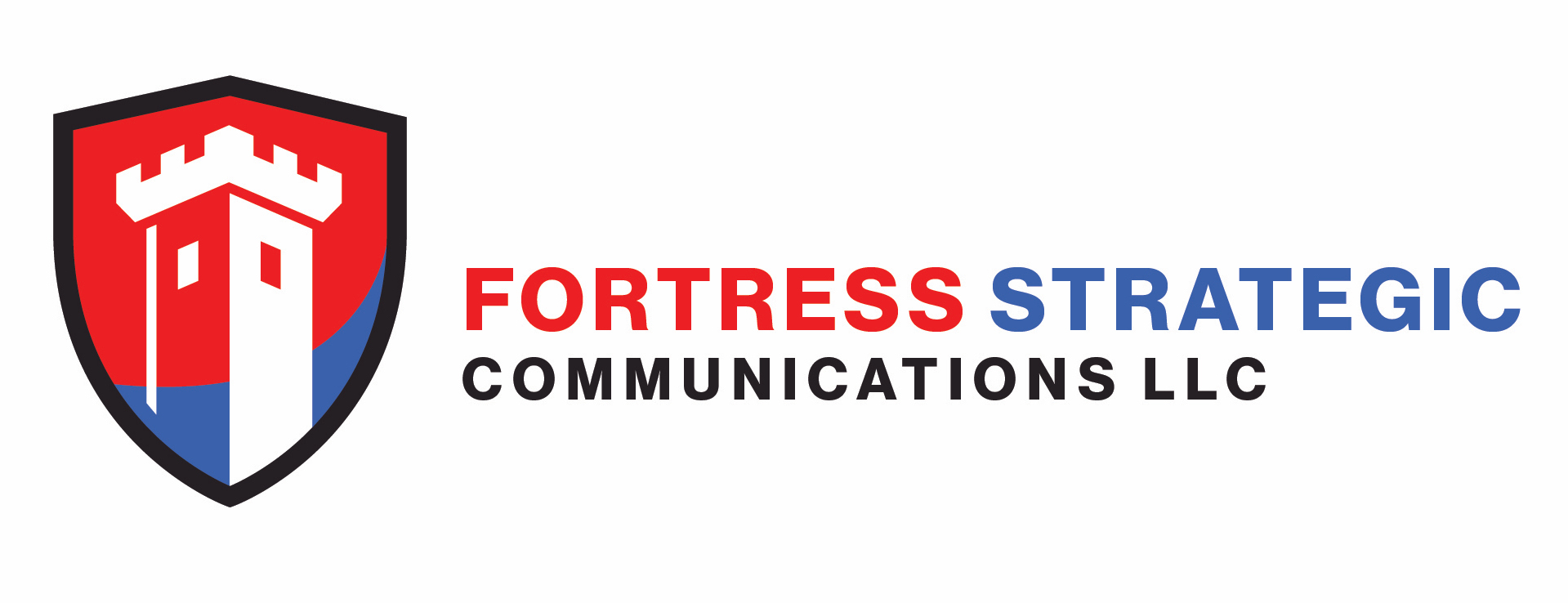
Post Inoculation Back To Work Reputation Objectives For Businesses
As more citizens become inoculated and businesses plan their reopening in some form or another, many business owners operating in the public safety, physical security, and enterprise risk management arenas, among many others, will be hoping to get to the point of ‘business as usual’ sooner rather than later.
Over the past few months, these business owners have had to deal with the business and social impacts of Covid-19, civil disobedience driven by social and political forces in some cities, disastrous weather events such as the Texas winter storm, and ongoing post-election turbulence as one administration changes policies that impact safety and security.
In times of flux and confusion such as these, a good portion of businesses will often decide to freeze or cut back many of their standard business operating functions – hiring new employees, launching new services and solutions, acquiring other businesses, and utilizing marketing and public relations used to build their market presence via public relations.
Some may have real cashflow issues and many may have also ‘contracted’ or ‘paused’ their operations out of an abundance of caution. While both approaches are responsible, especially if there are actual cashflow challenges, the repercussions of losing market presence can be very costly and take a long time to regain. Many will discover this as they begin to formally kickstart their operations as employees return to work. Additionally, when a company loses its presence, this offers a solid opportunity for its competitors to step in and seize some mindshare and brand recognition.
With this in mind, here are five key reputation building objectives that companies supplying services and solutions to the public safety, physical security, and enterprise risk management sectors should consider as more employees become inoculated and many begin to return to work:
Increase visibility
Companies must work to increase their market visibility in the media with customers, partners, and more. These stakeholders will look at your company to ‘see what is happening.’ A core part of the visibility process communicating that your company is open for business is informing everyone that you are ‘transitioning back to work.’
If there are any services and solutions that were put on hold during the last 12 months of the pandemic that you are going to reintroduce, this is the time to announce them to all parties. If there are other business successes such as new sales and implementations, this should also be communicated to internal and external stakeholders. A proactive media relations campaign is an important part of the mix.
Executive visibility is key at both the customer and media level. Customers should receive proactive and insightful content that adds value to their business. When necessary, executives should also be speaking to clients on the phone, via video conference, or in person provided both parties determine it is safe to do so and all risks relevant to the meeting are managed ahead of time.
Even if the news that needs to be shared is not positive, executive visibility is key. It will send a message that the company’s leadership team are actively involved in the day-to-day running of the company during challenging conditions. It will also contribute to confidence and offer some level of buffering against rumor mongering.
Talking about market and business issues
Company communications must continue. Many companies run into the challenge of not having sales, implementation, event or new solution launches to announce. They incorrectly assume they have nothing to say and therefore pause or stop outgoing communications and drift off the radar screen.
There needs to be a pivot when companies have no real news. They should be discussing current and future market issues that impact the business environment in which the company operates. Talking about market issues elevates the company’s marketing to a thought leadership level, keeps executives visible, and ensures that your company stays relevant. It also goes a long way to elevating your company above its competitors.
The objective is not to say the same ‘thing’ as competitors, but to offer insightful opinion.
It is highly advisable that you refrain from discussing current politics and events that could polarize your current and prospective clients – unless discussing politics is central to the services and solutions your company provides.
Remaining connected to customers
At times of market flux, everyone wants to retain their clients . A great customer retention strategy is that of frequent communication through an established channel. Doing too much will irritate customers. It is up to each company to determine the frequency of their outreach and to get the balance right by remaining in touch and communicating without irritating the customer with communication overload.
Irrespective of the frequency, it is vital to ensure that your communication adds value. Communicating for the sake of communicating is obvious to see and will be viewed as spam. As mentioned above, stay visible, offer insights, and very importantly communicate frequently – customers must be spoken to frequently.
The smaller the customer base the easier it is to remain connected. Obviously where there are hundreds of customers, companies should be thinking creatively. Senior executives should be calling large key clients directly for a check in and to keep connections strong – this is not to say that smaller clients do not count, of course they do. However, companies still need to maintain relationships with companies that contribute more revenue to their bottom line – it is a simple business requirement. Smaller clients must be nurtured because they could easily grow to become large businesses.
Some communication mediums to communicate with clients include social media channels, conference calls, webinars, email blasts, content marketing and CRM solutions, among others.
Monitoring for issues and risks to protect reputations
All companies, irrespective of size, should be monitoring their business environments for a wide variety of threats that could impact their operational capabilities and reputations as they transition to ‘normal operations.’
Typically, these threats include events that are man-made, technological, and naturally occurring or environmental incidents. Should any materialize, they could easily interrupt a business’s day-to-day operations and negatively impact its ability to deliver its products, goods and services to clients and partners up and down its supply and value chains.
The ability to preemptively identify an emerging issue or event allows a company to respond appropriately and implement effective strategies and tactics to mitigate these threats proactively when they have advance warning or reactively after a sudden threat materializes. Developing the capability to monitor for threats and having plans and processes to deal with them should they materialize is a responsible ‘insurance policy’ that every company should invest in.
Update all plans
All plans used to protect your company’s reputation and keep it in business and operational must be updated as employees return to work and operational capabilities are increased. The updating process will include adding new or removing redundant strategies, processes, and tactics to ensure they are current and functional as employees return to work and businesses reopen.
Some of the plans that will need updating include business continuity and disaster recovery, cybersecurity, HR, crisis communications, and emergency management among many others. Relevant plans must be tested and exercised to ensure they can protect people, infrastructure, data, reputations, and customers.
While some companies may recoil at the thought of increasing and then maintaining client connectivity and communications as businesses return to work, they are urged to consider the cost and associated effort of new customer acquisition. Is it better and cheaper to invest in communication strategies and solutions to keep customers informed and feel connected to your brand and company than moving through the highly competitive client acquisition funnel to bring in new business and make up for the loss of current business?
For additional insights into post-Corona virus public relations, please see this article “Post-Coronavirus Communications and Marketing: Kick Start Your Small Business.”
—ENDS—
About Fortress Strategic Communications:
Fortress Strategic Communications provides specialized strategic public relations consulting to companies that offer products, services, and solutions designed to manage and mitigate all types of risk, safety and security. Typical clients are active in the public safety, physical security, homeland security, business continuity and disaster recovery and emergency management domains. FSC also provides public relations counseling to startups looking to enter the broader enterprise risk management arena. The company draws on their executives combined 20 years of global experience in a broad array of vertical markets. For more information please visit www.fortresscomms.com or contact us via info@fortresscomms.com
Further Media Information:
Evan Bloom, CEO
Email: info@fortresscomms.com
Phone: 315-744-4912





